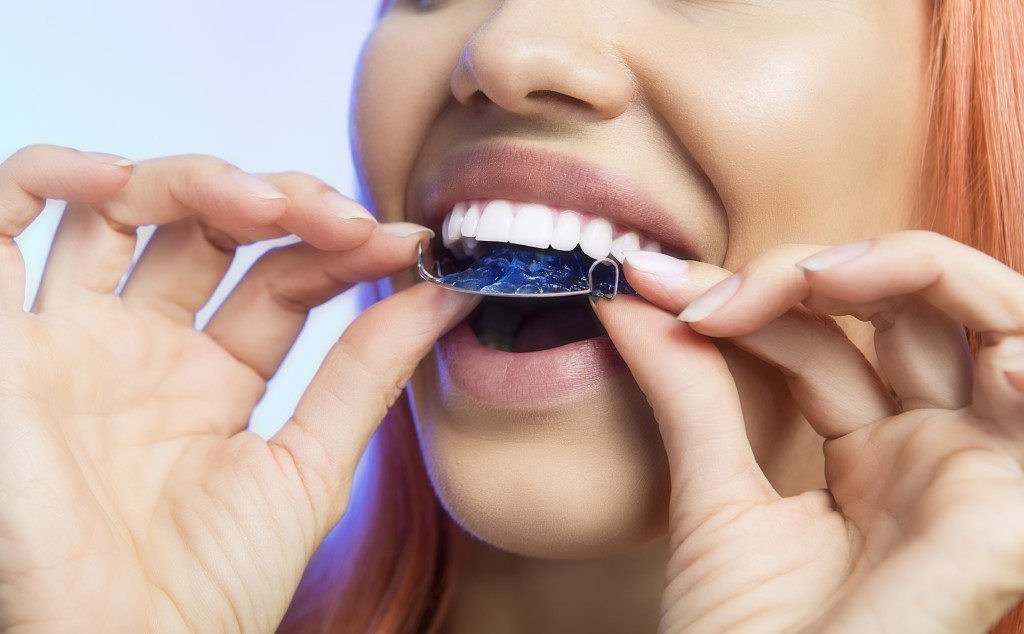Even after removing braces, teeth still need some support to prevent them from returning to their original positions.
While you may be excited to take off your braces when the time comes, your dentist will likely recommend a particular set of retainers for you. In fact, several people wear retainers for the rest of their lives to maintain straight teeth.
Which retainer is the right one for you? We’ll take a look at three options, each with their unique advantages and disadvantages.
Removable retainers
Commonly called the Hawley retainer, named after the prominent orthodontist Charles August Hawley, this type of retainer is great if you want to remove the device every now and then.
Some advantages:
- Highly durable if you make sure they are properly maintained and stored.
- Wide customization options allow you to try out different colors and designs.
- It can be removed when you need to eat or brush your teeth.
But it also has some disadvantages:
- Since it’s removable, a Hawley retainer can be expensive to replace if you lose them.
- If you don’t properly store and clean the retainer, germs and bacteria will fester and may make contact with the insides of your mouth.
- The retainer can be visibly seen on your mouth when you smile or speak. This can be an issue if you’re conscious about how the retainers will look on your teeth.
- It will take some time to adjust to the retainer’s feel on in your mouth. You’ll find yourself excreting more saliva than usual and talking will be a bit challenging.
Permanent retainers
This type of retainer is comprised of thin metal wires that are cemented at the back of teeth. It is also referred to as bonded lingual retainers or bonded wire retainers. It has a couple of advantages:
- There is no need to constantly put on and take off the device. You’ll worry less about losing the retainer, which can cost you a lot of money.
- It’s discreet. People will usually not notice you have retainers on since it is glued at the back of your teeth.
- They are often more comfortable than other types, especially when eating and talking. Permanent retainers often do not get in the way of properly chewing food.
However, since they are directly cemented to your teeth at all times, you will have to be more careful about food getting stuck.
You would also have to be thorough when it comes to oral hygiene. Brushing and flossing will take a bit more time to ensure no food bits remain in your teeth.
Clear plastic retainers

Similar to Invisalign, this type of retainer is transparent, making it look like you’re not wearing retainers at all. Clear plastic trays enclose around teeth, helping them keep stable.
Advantages include:
- The shape of each tooth is considered to ensure exact fit, making it a great option for preventing teeth from regressing back to their original positions.
- It integrates some of the advantages of the previous types of retainers: it’s removable (similar to Hawley retainers) and it keeps a low profile (similar to permanent retainers).
A crucial disadvantage is that it’s the most expensive and less durable option. People who engage in contact sports may find themselves replacing their retainers frequently. Additionally, exposing the plastic trays to toothpaste can degrade the material over time.
Take your time in deciding
Have you decided which retainer to get? If not, that’s perfectly fine. It’s important to carefully weigh your options and with the expert advice of your dentist, you’ll find the right one that can complement your smile and facial features.

